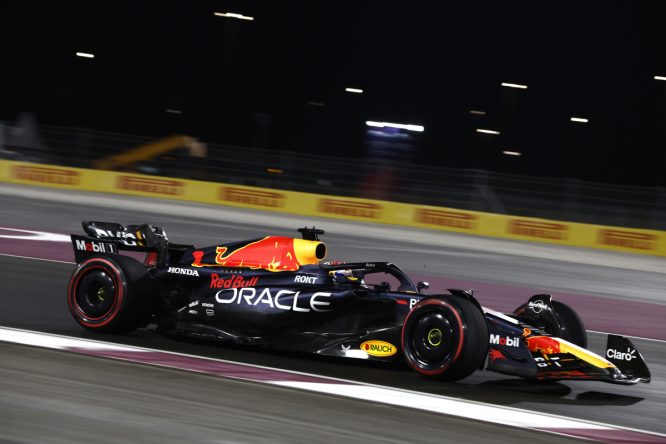P1racenews AI automatic summary:
F1 track limits explained: What are they and why are they important after Qatar Grand Prix qualifying chaos
Track limits refer to the boundaries set on a race track that a driver must stay within during the course of a Formula 1 race. These limits are defined by the white lines painted on the track. If a driver exceeds these track limits by either going off-track or crossing the white lines, it is considered a violation.
The enforcement of track limits is important for maintaining fairness and preventing drivers from gaining an unfair advantage by taking a wider line or cutting corners. In some cases, exceeding track limits can result in a penalty, such as a time penalty or a drive-through penalty.
During F1 broadcasts, TV commentators often discuss track limits when a driver is seen going beyond the designated boundaries. They provide commentary on whether the violation was accidental or deliberate and speculate on potential consequences for the driver’s race.
Understanding track limits is significant for both drivers and fans, as it adds another layer of strategy and fairness to the sport. It ensures that drivers compete within the defined boundaries and helps maintain a level playing field during races.
Source: GPFans
